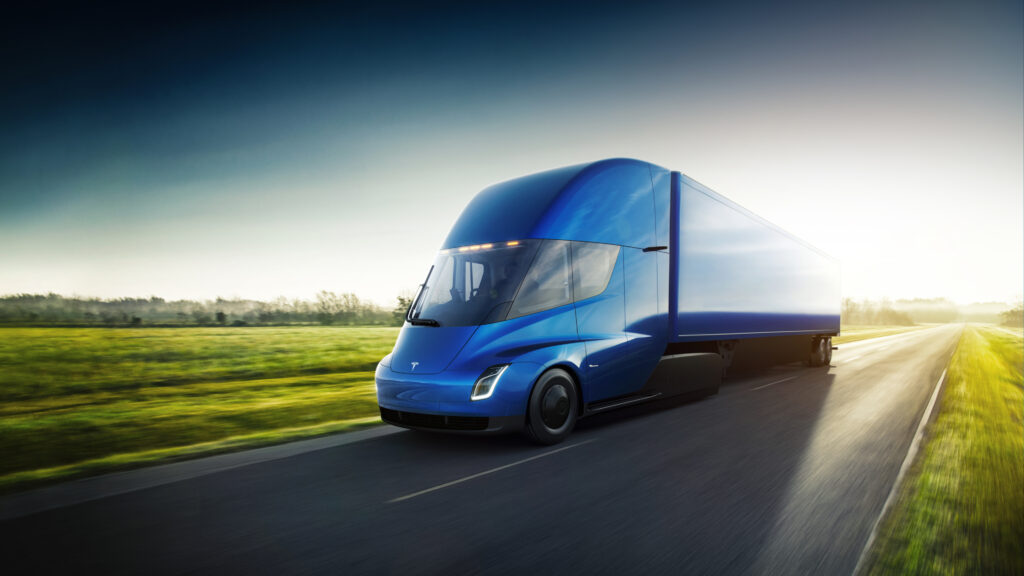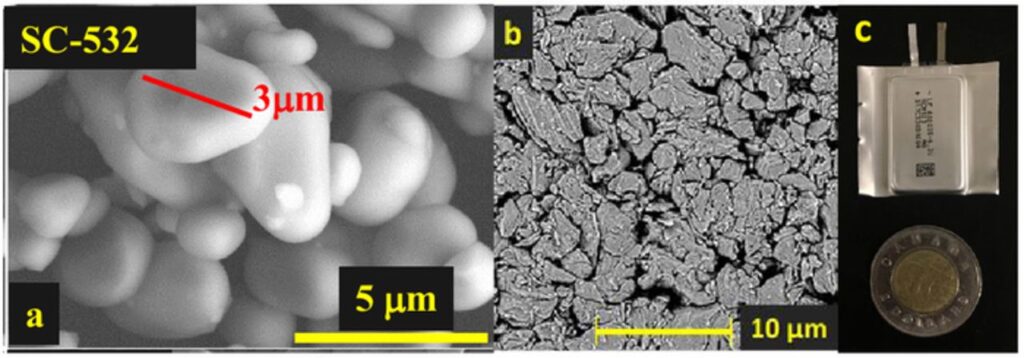Mooted million-mile battery pack could be electric truck game-changer
- PostedPublished 29 October 2019
We may never see an EV battery pack capable of providing a million-mile (1.6 million km) range, but one capable of enough discharge and recharge cycles to carry a vehicle this huge distance could become available as soon as next year, according to Tesla.
The main benefit of this battery technology could be to help level the playing field with diesel engines in the heavy truck and bus market, where engine overhauls are often required around the 1.6 million km mark.
A battery pack of this longevity – between two and three times longer than Tesla’s existing battery tech – could also provide 20 years of grid energy storage.
In April this year, Tesla chief executive Elon Musk announced the company was coming close to production of a battery “designed explicitly for 1 million miles of operation”.

In September this claim was reinforced by the publication of a scientific paper resulting from three years of testing a new chemistry of lithium nickel manganese cobalt oxide graphite battery cell (known as NMC532/AG) by Jeff Dahn, who heads a Tesla-funded battery research group in Halifax, Canada.
“We conclude that cells of this type should be able to power an electric vehicle for over 1.6 million kilometres (1 million miles) and last at least two decades in grid energy storage,” says the paper, which is titled “A Wide Range of Testing Results on an Excellent Lithium-Ion Cell Chemistry to be used as Benchmarks for New Battery Technologies” and published in the Journal of The Electrochemical Society.
In contrast with the cylindrical “18650” and “21700” cells used by Tesla, Dahn and his colleagues developed the new technology is inside pouch type cells (pictured below), a format adopted by the likes of Jaguar and Porsche.
The report states that “format-dependent loss, if any, (e.g. cylindrical vs. pouch) may not be captured in these experiments”.
It also reasons that today, most EV battery packs do not have as hard a life as people think, because an average daily driving range of less than 80km represents a depth of discharge (DOD) in the region of just 25 per cent.
But Dahn’s paper predicts this will change with “the proposed introduction of ‘robo taxis’, long haul electric trucks and vehicle-to-grid applications”.

“In the former, vehicles will be driving all day, much like a conventional taxi and undergoing nearly 100% DOD cycling. Long haul trucks will almost certainly run in near 100% DOD situations. Cells in vehicles tethered to the grid will be racking up charge-discharge cycles even when the vehicle is not moving.”
Publication of this paper has prompted speculation that Tesla has already begun developing battery technology beyond that described and job listings on the Tesla website have also sparked rumours that the company is about to bring battery cell production in-house.
UK leading the charge
Further battery advances could come from UK-based research into improving the way batteries are produced, with a view to extracting greater performance from existing chemistries while also reducing the cost and time required to develop new ones.
At the moment, electrodes are ‘slurry cast’, a process of mixing ingredients into a wet slurry then applying them to foils of aluminium or copper before being dried and compressed.
The research is taking place at Warwick Manufacturing Group (WMG) at the University of Warwick, one of six partners in the British ‘Nextrode’ project that is funded by the Faraday Institution.
Because slurry casting results in an even distribution of ingredients across the electrode, a lot of electrochemical performance is left on the table compared with the same chemistry arranged in a more structured way.
At the moment, accessing this extra performance is cost-prohibitive and nobody has worked out how to mass-produce cells in this way.
However, WMG aims to develop enough data about the process that it can be predictively modelled and optimised, with the aim that future electrodes can “be cheaper, store more energy, and get to market faster”.
WMG says the project will “investigate new manufacturing methods to create structured electrodes in a cost effective way at high manufacturing volumes”.
Also in the UK, Williams Advanced Engineering – of motorsport fame – has developed technology that could make automotive battery packs up to 30 per cent lighter, with 37% greater energy density.
It uses a mixture of pouch and cylindrical cells to maximise performance, the pouches providing a fast release of energy for strong acceleration and topped up again by the slower-discharge but more energy-dense cylindrical cells.
- CategoriesIn SightGlass
- TagsBatteries, battery, electric truck, electric trucks, electric vehicles, EV, SightGlass News Issue 18

